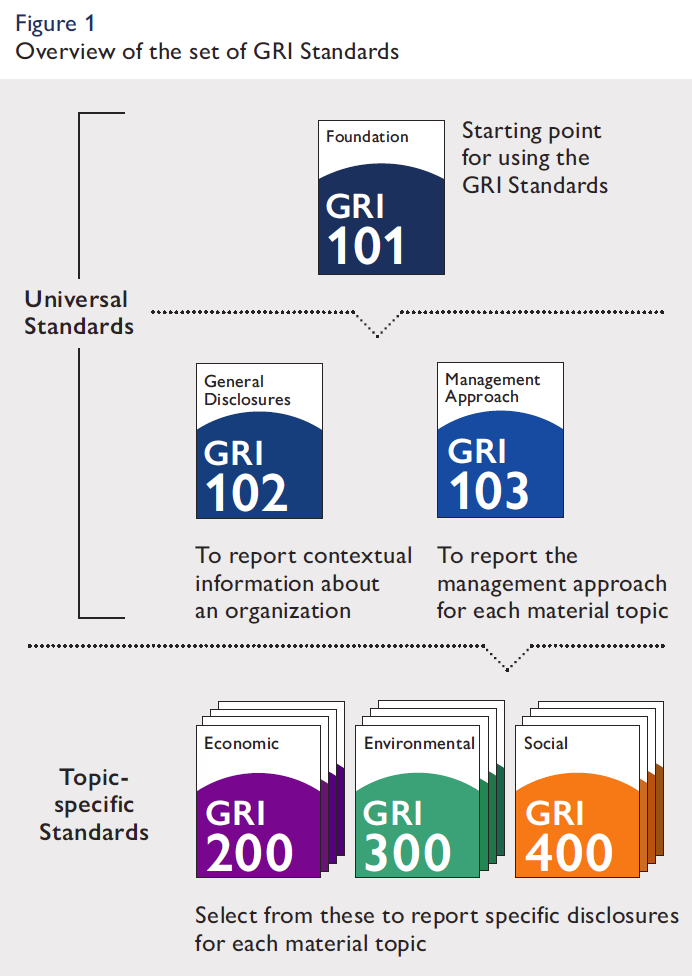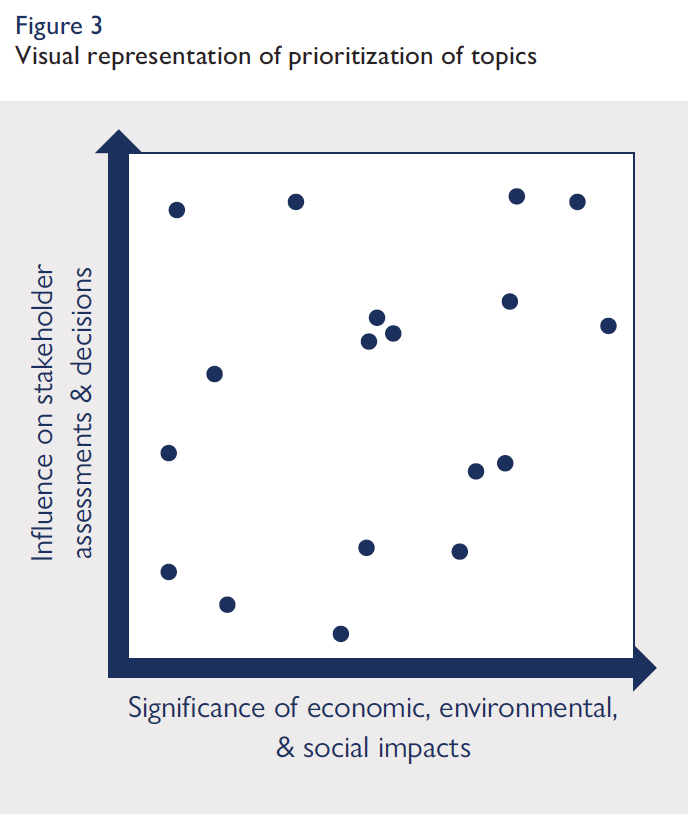
Today, we’re inundated with sustainability propaganda in a climate where more companies are turning to Corporate Social Responsibility (CSR) reports to make their statements – but is it all just greenwashing? The Global Reporting Initiative (GRI) sustainability reporting standards is one way to gain credibility.
I’ve worked closely with many B2B companies on their CSR reporting and find it both rewarding and challenging. It can take months of planning and execution, particularly when reporting to the GRI sustainability reporting standards. So, I’ve put together this article to help you navigate the GRI jungle.
A comprehensive guide
The GRI sustainability reporting standards have become a staple in the sustainability reporting landscape. GRI is an independent international organization and since 1997, has helped businesses and governments around the world navigate their communication on pressing sustainability issues.
Making the transition from the G4 Guidelines to the GRI Standards –something that happened in 2018 – was a feat within itself. With more emphasis on the management approach to material topics, a new modular structure and removal of reporting duplication instances, the new standards are accompanied with clearer guidance for ease of reporting – but it’s still a lot to get your head around.

Taking the GRI path
Here are some of the benefits, in my opinion, of using the GRI Standards:
- Reporting to the GRI Standards can help eliminate incidences of greenwashing. It’s like a gold standard in reporting (just like randomized controlled trials are the gold standard in scientific research), creating a common language for the businesses of the world to communicate with.
- Using the GRI standards sends a strong message that you are committed to authentic CSR reporting. Full and transparent disclosure means that your stakeholders can form their own opinions about how your business is contributing to sustainable development.
- The standards can help to guide what data needs to be collected throughout the reporting year. Once the groundwork is done the first time, collecting data for the next reporting period is basically a formality.
- GRI has collaborated with the World Business Council for Sustainable Development (WBCSD) and United Nations Global Compact (UNGC) to provide guidance on the reporting to the Sustainable Development Goals (SDGs) and identifying new opportunities in the world of sustainability. Hopefully, this puts an end to SDG-washing.
Getting lost
Here are some of the challenges I faced when consulting the standards and working to create a compliant CSR report:
- The Consolidated set of GRI Standards is a mammoth 443 pages. It’s a lot of information to digest, with a total of 36 standards covering economic, environmental and social topics. Luckily, it is available in searchable PDF format.
- Interpreting the wording. Tip: underlined words link to a glossary of terms so that you can try to make sense of it.
- Knowing when you can make an omission (only available in the comprehensive option, which is where you need to address all of the standards). Reasons for omission can be: not applicable, confidentiality constraints, specific legal prohibitions or information unavailable. You need to explain why you are making an omission.
- Swimming in an ocean of data. In an ideal world, collection of data to form a GRI-compliant report would be completed in one fell swoop. But this is usually not the case because you need to collect data from Human Resources, Procurement, Sales and QEHS.
- When your CSR report goes seemingly on and on for pages on end, a dwindling attention span can be your worse enemy. That’s why breaking up the text with storytelling, infographics, tables and graphs can give the eyes a rest from time to time. And white space is a must-have, too.
How general disclosures, material topics and topic boundaries intertwine
General disclosures outline reporting requirements that provide context for how a business reports on its sustainability efforts. Materiality is the principle that helps determine which material topics are sufficiently important to your business for you to report publicly on. The topic boundary describes where the impacts for a material topic occur, and how your business addresses these impacts.
What’s a “material topic”?
Without material topics to inform your CSR strategy, you may as well not bother. The standards rest firmly on them. Businesses are expected to engage their stakeholders on matters that affect their business and the stakeholders’ interests. There is an ordered approach to this and what you usually end up with is a neat plot diagram, which helps to inform your overall CSR strategy. The dots of highest importance are ideally your material topics.

If I still have your attention, then take comfort in this. You can engage the services of a third-party auditor to check that you comply. Most of the global consulting companies offer this and can provide an extra layer of assurance. Just in case.
Two flies with one swat
Our Danish clients often also use their CSR report to fulfil the requirements of Årsregnskabsloven (Danish Financial Statements Act). This involves highlighting your due diligence processes, risk management approach and KPIs for the reporting year. Reporting obligations vary for companies of different sizes and the Act is updated regularly. So, along with ensuring GRI compliance, I have also written CSR reports with this legislation in mind. But I guess if you can get two flies with one swat, why not?
Interested in learning about how we can help with your CSR reporting?
Find out more about cylindr’s CSR reporting services.






